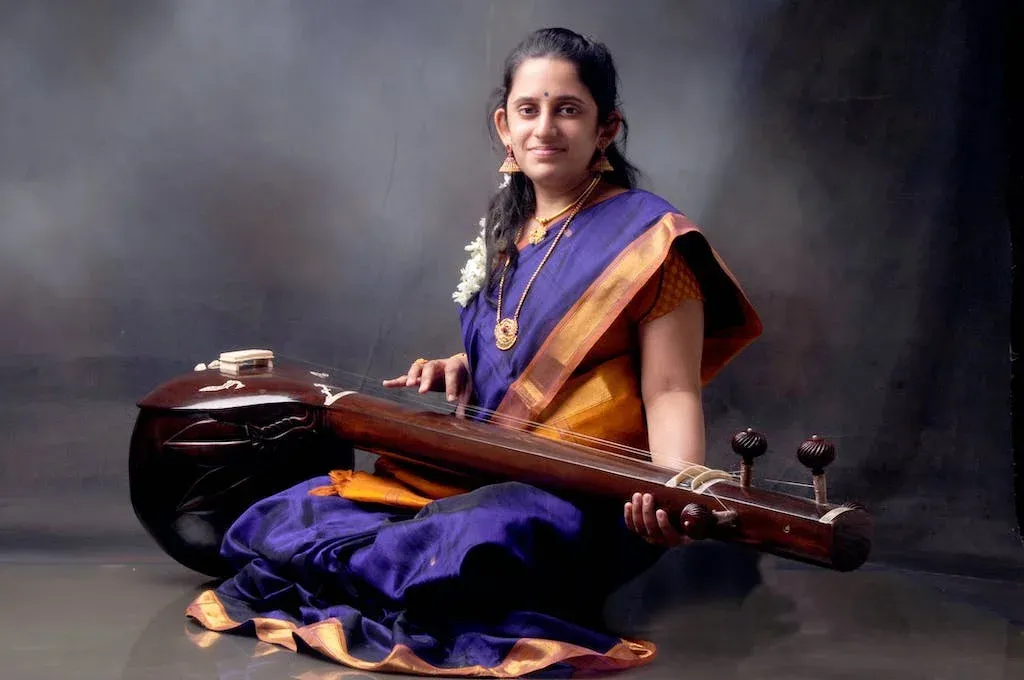Art of Improvisation: Exploring the Role of Taans in Hindustani Vocal Music

Hindustani classical music, a rich and ancient tradition that has captivated audiences for centuries, is a testament to the profound artistry of India’s musical heritage. At the heart of this intricate and melodious tradition lies improvisation, a skill that elevates a performance from mere recitation to a profound spiritual and aesthetic experience. Among the various tools of improvisation in Hindustani vocal music, taans stand out as dynamic and exhilarating bursts of melodic creativity. In this exploration, we delve deep into the world of taans, examining their role in adding complexity, virtuosity, and soul-stirring moments to Hindustani vocal performances.
The Essence of Hindustani Vocal Music
Hindustani classical music, one of the two major traditions of Indian classical music, has a profound emphasis on emotive expression and intricate melody. Rooted in ancient scriptures and nurtured through centuries of devotion and practice, it is a music that seeks to touch the soul of the listener. The essence of Hindustani vocal music lies in the concept of “raag,” a melodic framework that encapsulates the mood, character, and rules governing a particular musical composition.
Central to Hindustani music is the idea of “improvisation” or “manodharma.” This practice allows the musician to interpret and embellish the composition, taking the audience on a musical journey that unfolds in real-time. Taans, with their rapid-fire melodic variations and virtuosic execution, are one of the most dazzling aspects of this improvisational tradition.
The Art of Taan
Taans are melodic patterns that serve as a vehicle for improvisation within a raag. They are characterized by their fast-paced execution and intricate phrasing, making them both technically demanding and aesthetically captivating. Taans can be performed in a variety of ways, including ascending (aural) taans and descending (avroh) taans, providing the artist with a versatile palette of musical expression.
The structure of a taan is not rigidly defined, allowing the performer to exercise creative freedom while staying within the boundaries of the chosen raag. This fusion of structure and spontaneity is what makes taans a quintessential component of Hindustani vocal music.
Taans and the Virtuosity of Performance
Taans are more than just ornamental additions to a performance; they serve as a showcase of the artist’s technical prowess and emotional depth. The execution of taans demands not only exceptional control over pitch and rhythm but also a deep understanding of the raag’s personality and the ability to convey intricate emotions through melodic phrases.
When a skilled vocalist embarks on a series of taans, the audience is treated to a breathtaking display of virtuosity. The rapid scale runs, the intricate note combinations, and the sudden leaps and turns within the taans are akin to a musical acrobatics performance. It is in these moments that the artist’s years of rigorous training and intimate connection with the raag truly shine.
Emotional Expressiveness Through Taans
While taans are undoubtedly a display of technical skill, their real magic lies in their capacity to convey profound emotions. The skilled vocalist, through the artful use of taans, can evoke a wide range of feelings, from joy and ecstasy to yearning and melancholy.
Each taan can be thought of as a miniature musical story. It begins, develops, and concludes, often leaving the listener in awe of the emotional depth that can be conveyed within a few seconds. The ability to infuse taans with such emotive power requires not only mastery of the technical aspects but also a deep connection with the raag’s mood and a profound sense of musical storytelling.
Taans in the Context of Raag Development
In the course of a Hindustani vocal performance, taans play a pivotal role in the development and exploration of the chosen raag. As the artist navigates through the alaap (the slow, meditative introduction), the vilambit laya (slow tempo), and the drut laya (fast tempo) portions of the composition, taans serve as bridges that connect these segments.
Taans provide the artist with opportunities to intensify the emotional content of the raag, gradually building the tempo and excitement within the performance. This journey from the serene and contemplative to the electrifying and exhilarating is what makes Hindustani vocal music a deeply immersive experience for both the performer and the audience.
Conclusion
In the world of Hindustani vocal music, taans represent the pinnacle of improvisational artistry. They are the jewels that adorn the intricate tapestry of raags, elevating a performance from the ordinary to the extraordinary. Taans not only showcase the technical brilliance of the artist but also serve as vessels for the expression of profound emotions and spiritual depth.
As listeners, we are transported to a realm where time stands still, and the boundaries between musician and audience blur. In the hands of a masterful vocalist, taans have the power to elicit tears, elation, and awe, reminding us of the boundless beauty and complexity of Hindustani classical music.
In the art of improvisation, taans are the brushstrokes of a musical masterpiece, each one adding a layer of complexity, virtuosity, and emotional resonance. They are a testament to the enduring legacy of a musical tradition that continues to captivate hearts and souls, transcending time and place.





